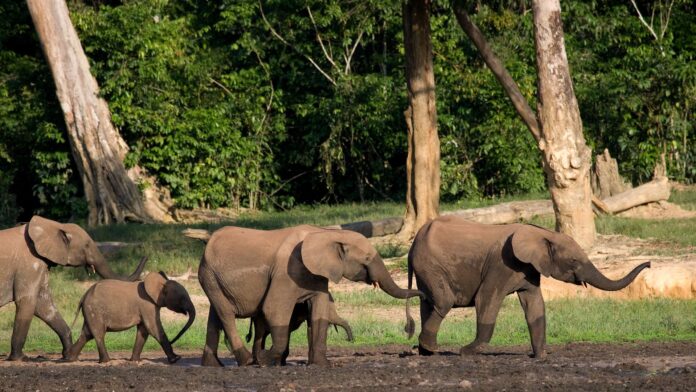African elephants are at an increasing risk of extinction due to poaching and habitat loss, conservationists have warned.
African forest elephants, which are native to West Africa and the Congo basin, have been named as a critically endangered species in a new “Red List” from the International Union for Conservation of Nature (IUCN).
The savanna elephants, also known as the bush elephant, is the largest land animal and has been added to the endangered list by the IUCN.
It is a bleak outlook for Africa’s elephant population, which were previously grouped together as one species on the Red List and placed in the “vulnerable” to extinction category.
These two African species were commonly seen across the continent but have significantly declined over the past few decades.
According to experts, forest elephant numbers have fallen by more than 86% over 31 years, while the bush elephant population has dropped by 60% in half a century.
Both species have seen a sharp fall since 2008 because of an increase in poaching for their ivory, the IUCN has warned.
The international ivory trade was banned in 1989 but elephants continue to be threatened by the practice, which experts say peaked in 2011.
Recent estimates suggest that there are 415,000 elephants across Africa.
Some forest elephants have seen populations stabilise due to conservation efforts in Gabon and the Republic of the Congo, the IUCN said.
It added that bush elephant numbers have been stable or growing in Angola, Zambia, Namibia, Botswana and Zimbabwe, which is home to Africa’s largest subpopulation of elephants.
IUCN director-general Dr Bruno Oberle urged the need to “put an end to poaching”, pointing to the Red List as showing the “persistent pressures faced by these iconic animals”.
He added: “Africa’s elephants play key roles in ecosystems, economies and in our collective imagination all over the world.
“We ensure that sufficient suitable habitat for both forest and savanna elephants is conserved.
“Several African countries have led the way in recent years, proving that we can reverse elephant declines, and we must work together to ensure their example can be followed.”
The IUCN Red List is updated up to three times a year and this is the first update of 2021.
The Red List has now assessed 134,425 species, more than a quarter of which (37,480) are deemed under threat, falling into the at-risk categories of critically endangered, endangered and vulnerable to extinction.
The latest update has 5,537 new animal species added, this includes:
• New Zealand long-tailed bat
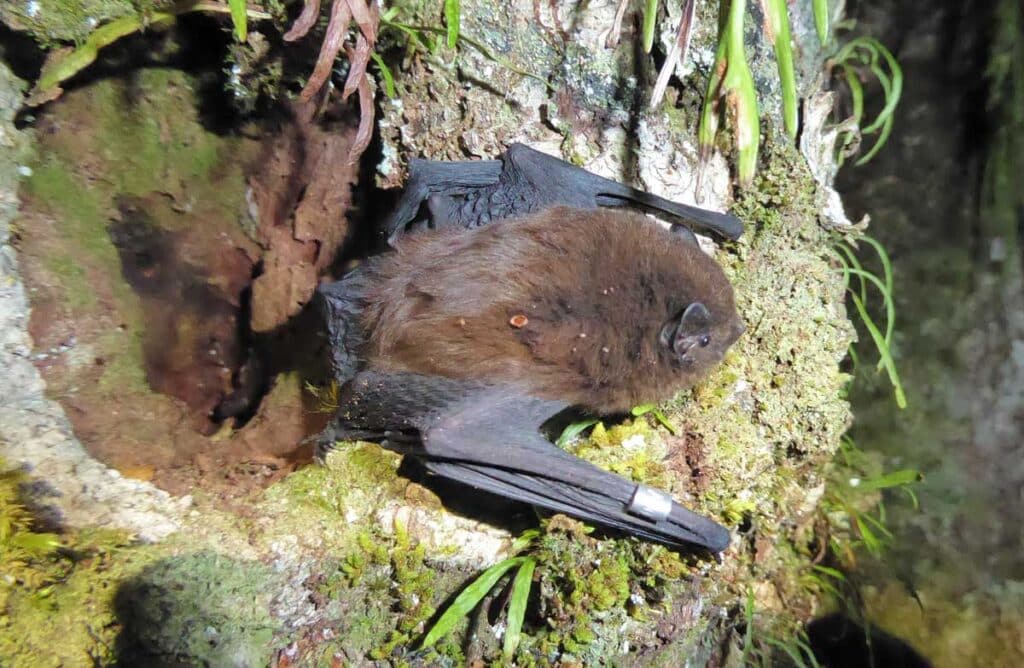
• Caribbean reef shark
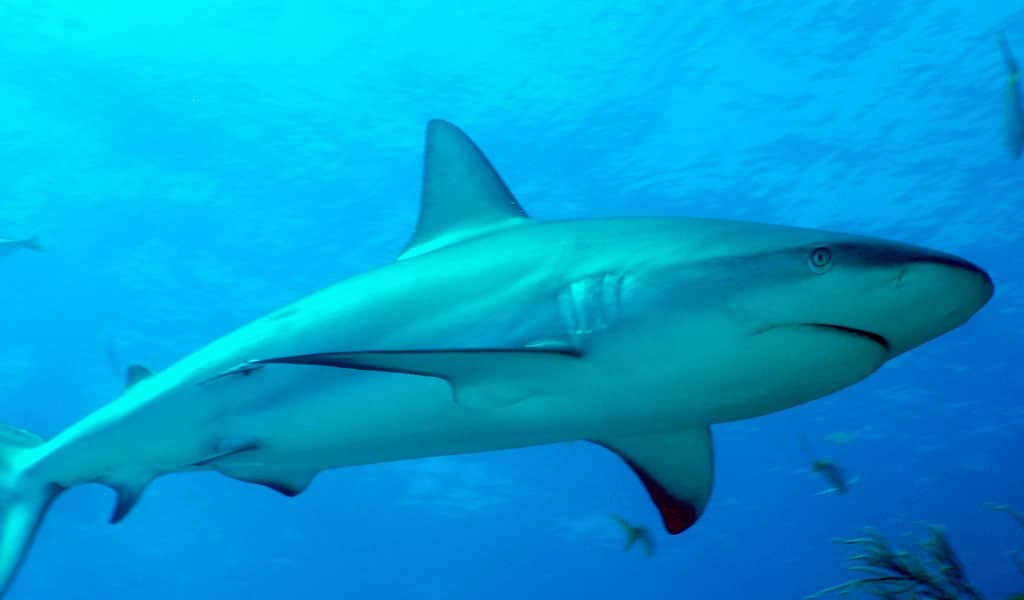
• Indian eyed turtle
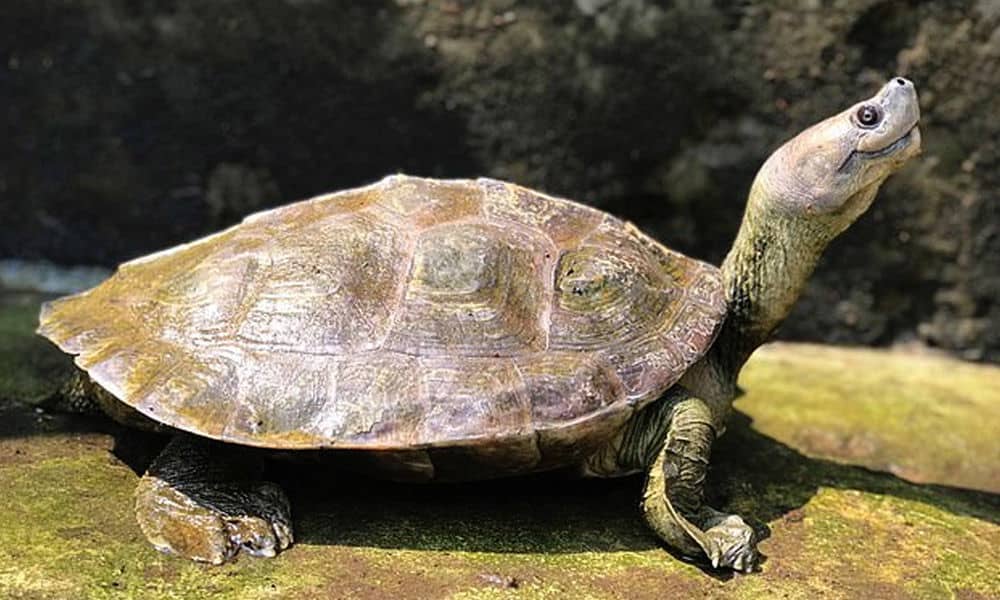
• Tsushima brown frog
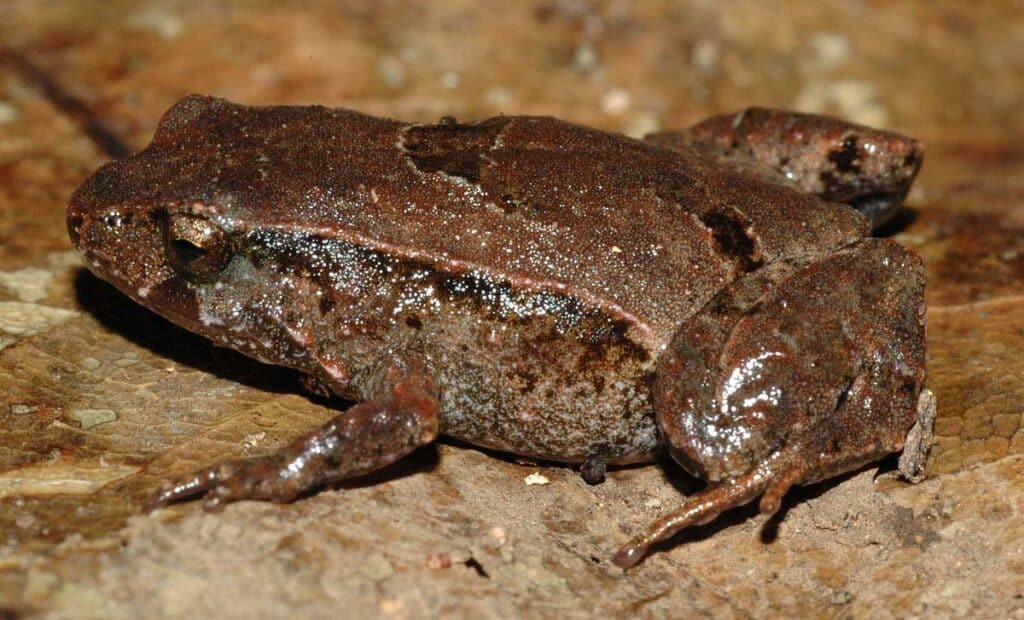
• Spineback guitarfish
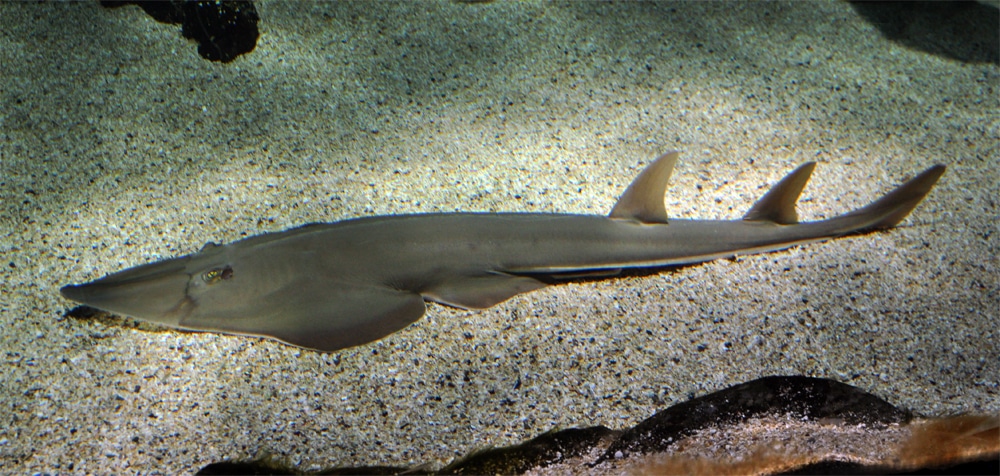
• African spurred tortoise
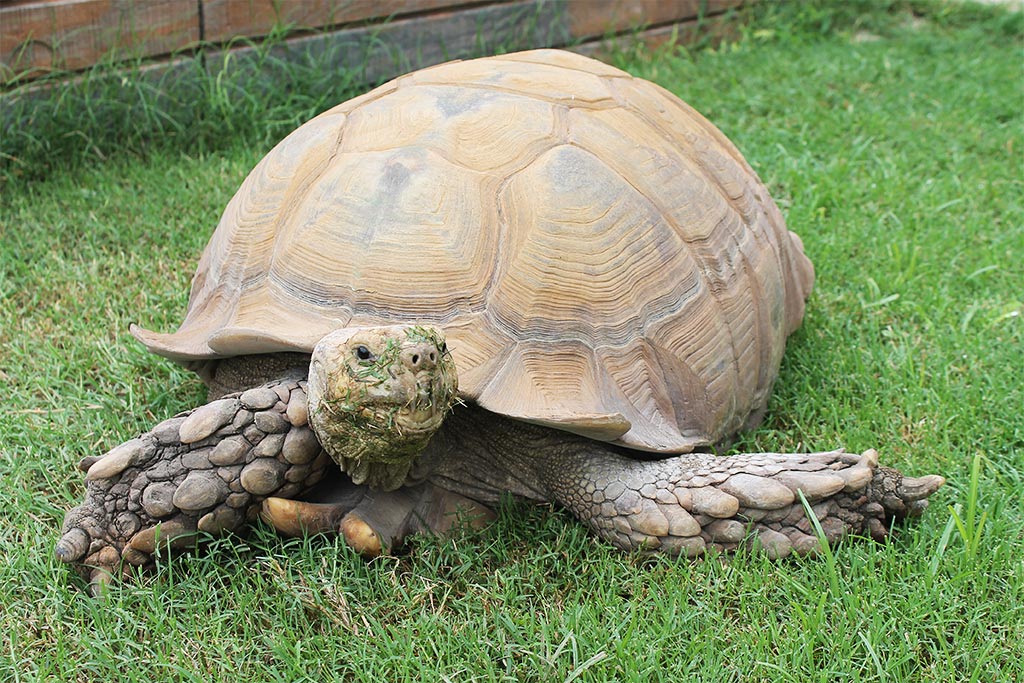
• Four-eyed turtle
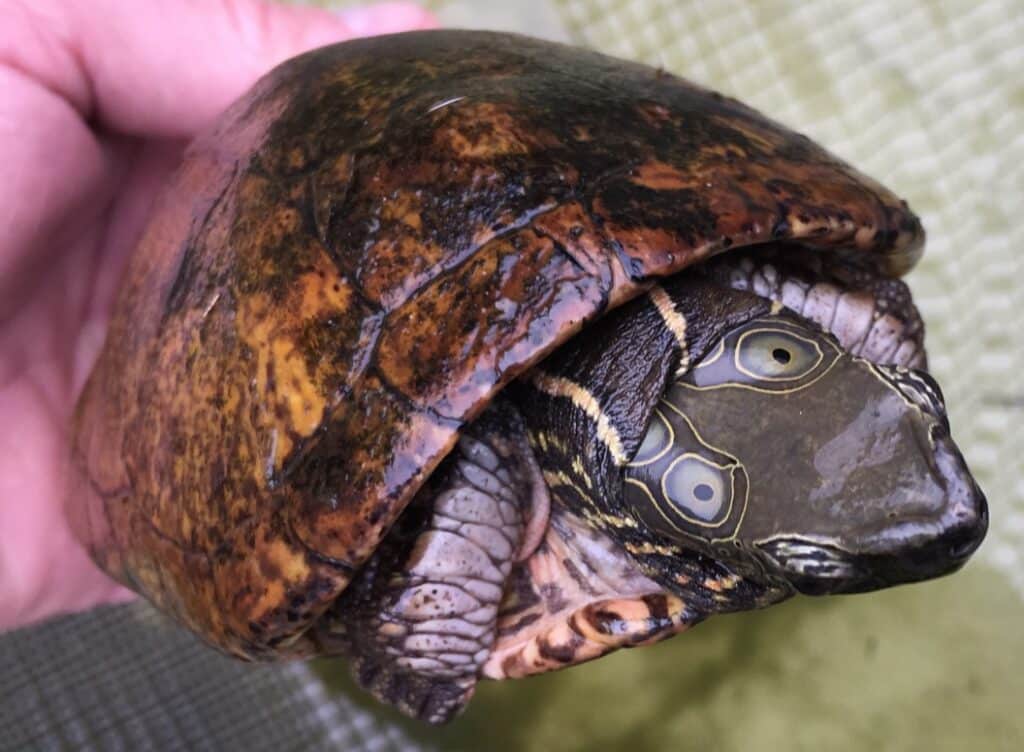
In the UK, six animals were reassessed, including the hound shark, common dolphin, bottlenose whale, eagle ray, freshwater mussels and pea blue butterflies.
PLEASE SUPPORT US FOR JUST £2 A MONTH

